Taj-ul-Masajid, meaning “The Crown of Mosques,” stands as the biggest mosque in India and one of the most impressive Islamic architectural marvels in Asia. Located in Bhopal, Madhya Pradesh, this magnificent structure blends Mughal and Arabic architectural styles. Construction began in the 19th century under Nawab Shah Jahan Begum of Bhopal but was completed only in the 1970s due to various interruptions. The mosque’s imposing pink facade, intricate carvings, and vast prayer hall not only serve as a place of worship but also as a symbol of Bhopal’s rich cultural heritage.
Location
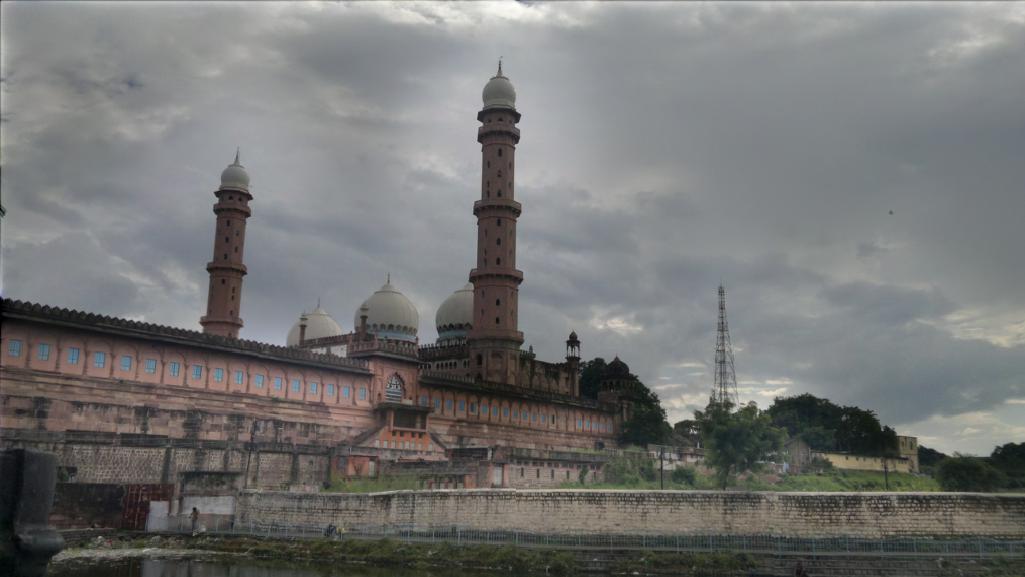
Photo: Aadityaiitjee / Wikimedia Commons
Taj-ul-Masajid is located in the heart of Bhopal, the capital city of Madhya Pradesh, India. Situated near the picturesque Motia Talab (Pearl Lake), the mosque’s strategic location in the centre of the old city makes it a prominent landmark visible from many parts of Bhopal. Its grand structure stands out against the backdrop of the city’s skyline, serving as a testament to Bhopal’s historical significance as a centre of Islamic culture in central India.
Suggested Read: Waterfalls In Madhya Pradesh
How To Reach Taj-ul-Masajid
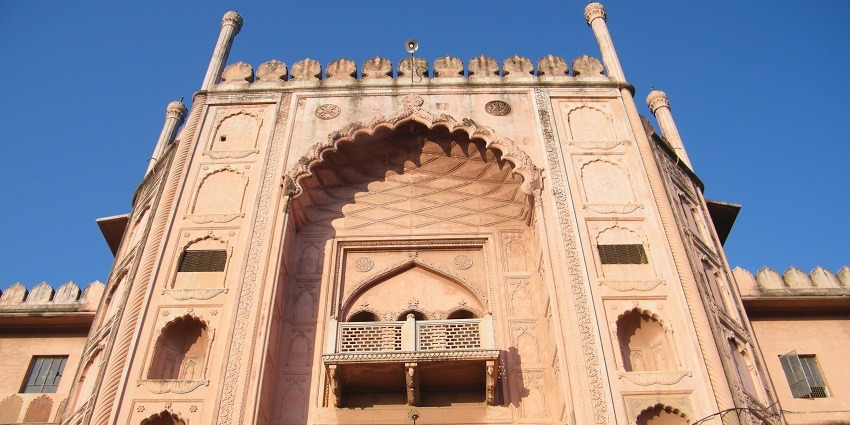
Photo: Abhishek727 / Wikimedia Commons
By Air: The nearest airport is Raja Bhoj Airport, about 15 kilometres from the city centre. From there, one can take a taxi or auto-rickshaw to reach the mosque.
By Rail: Bhopal Junction is the main railway station, well-connected to major cities across India. The mosque is about 4 kilometres from the station, easily reachable by auto-rickshaw or taxi.
By Road: Bhopal has excellent road connectivity with major cities in central India. Regular bus services operate from neighbouring states to Bhopal. Within the city, local buses, auto-rickshaws, and taxis are readily available to reach Taj-ul-Masajid.
Places To Visit Near Taj-ul-Masajid
The area surrounding Taj-ul-Masajid is rich in history and natural beauty. Here are some notable places to visit near Taj-ul-Masjid:
1. Upper Lake (Bada Talab)
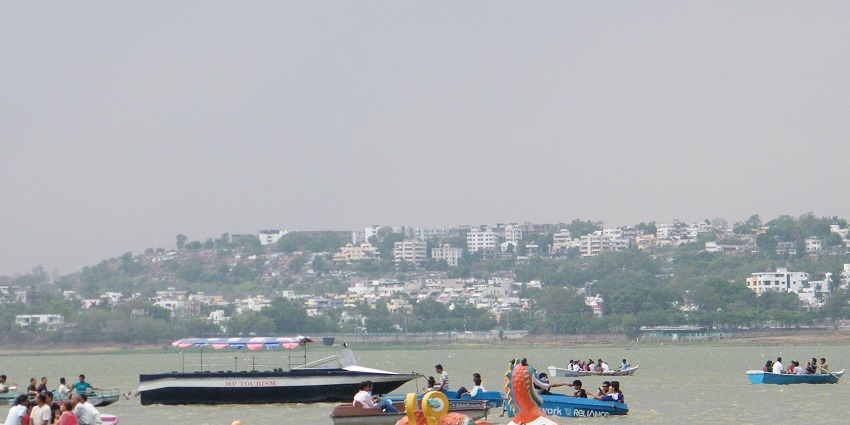
Photo: Abhishek727 / Wikimedia Commons
Upper Lake, also known as Bada Talab or Bhojtal, is one of the largest lakes near Taj-ul- Masajid. Created in the 11th century by Raja Bhoj, it serves as a major source of drinking water for Bhopal. The lake offers a picturesque setting for boating, water sports, and leisurely walks along its shores. The Van Vihar National Park provides a unique opportunity to observe wildlife in a natural setting within the city limits.
Timings: Open 24 hours (boating facilities available from sunrise to sunset)
Entry Fee: None (charges apply for boating and other activities)
Suggested Read: Discovering Madhya Pradesh
2. Gohar Mahal
.
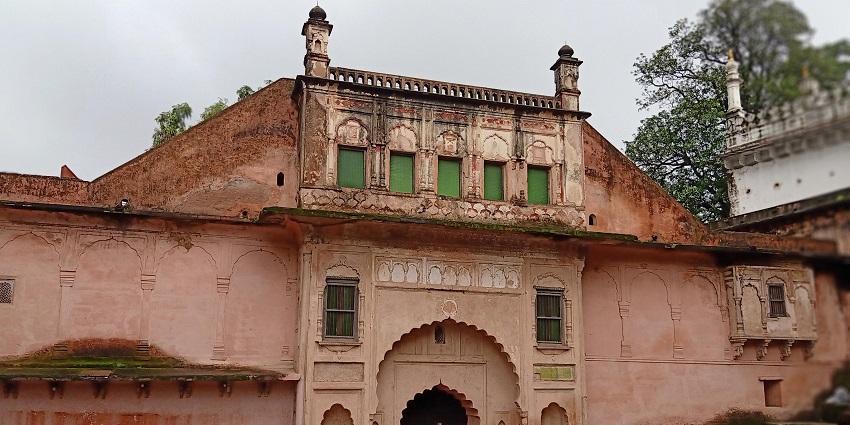
Photo: Suyash Dwivedi / Wikimecdia Commons
Gohar Mahal is a beautiful palace built in 1820 by Qudsia Begum, the first female ruler of Bhopal. This architectural gem showcases a unique blend of Hindu and Mughal styles, reflecting the inclusive culture of Bhopal. The palace, named after Qudsia Begum’s daughter Gohar Begum, features intricate carvings, spacious courtyards, and elaborate balconies. Today, it serves as a cultural centre hosting exhibitions and events that celebrate the rich heritage of Madhya Pradesh.
Timings: 10 AM – 5 PM (Closed on Mondays)
Entry Fee: ₹10 for Indians, ₹100 for foreigners
3. Bhopal Palace
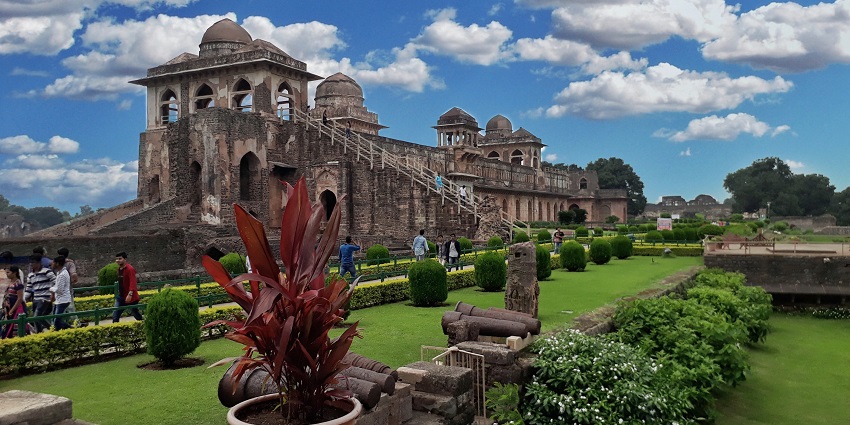
Photo: Aamin / Wikimedia Commons / Image For Representation Only
Bhopal Palace is a striking example of the fusion of Indo-Islamic and European architectural styles. Built in the late 19th century, this palace stands out for its unique design, which includes elements of Post-Renaissance and Gothic styles. The palace was designed by a French architect, making it a rare example of Indo-French architecture in India. Its facades feature intricate floral motifs, arched windows, and distinctive spires.
Timings: Exterior can be viewed at any time
Entry Fee: None (interior not open to public)
Suggested Read: Places To Visit Near Khajuraho
4. Moti Masjid
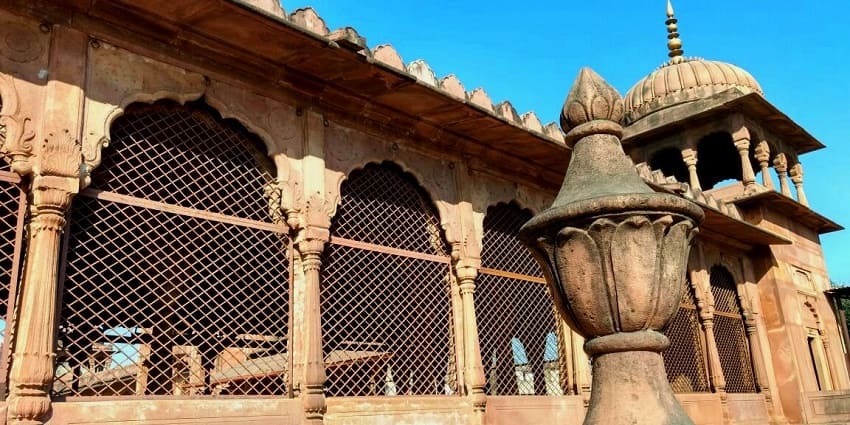
Photo: Vivek Sarje / WIkimedia Commons
Moti Masjid, also known as the Pearl Mosque, is another unique place near Taj-ul-Masajid. Built in 1860 by Sikandar Jehan Begum, this small but exquisite mosque is renowned for its gleaming white marble structure. The mosque’s design is reminiscent of Delhi’s Jama Masjid but on a smaller scale. It’s simple yet elegant architecture, featuring three domes and two minarets, creates a serene atmosphere for prayer and reflection.
Timings: Open all times
Entry Fee: None
5. Shaukat Mahal
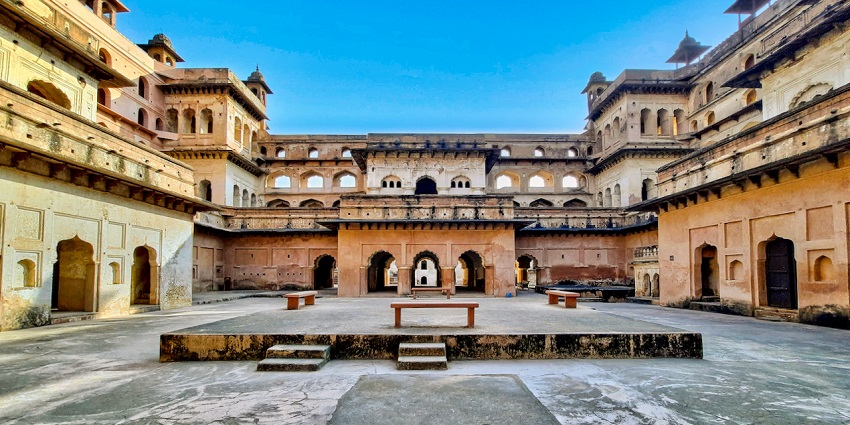
Photo: Ms Sarah Welch / Wikimedia Commons / Image For Representation Only
Shaukat Mahal is an architectural marvel situated near the Taj-ul-Masajid. Built during the 19th century, it stands out for its unique combination of Indo-Islamic and European styles. The palace was designed by a French architect, which makes it distinct from other structures in Bhopal. The facade of Shaukat Mahal is adorned with delicate floral patterns and intricate carvings that reflect Gothic and Post-Renaissance influences.
Timings: Exterior can be viewed at any time
Entry Fee: None (interior not open to public)
Suggested Read: Places To Visit Near Satna
Where To Stay
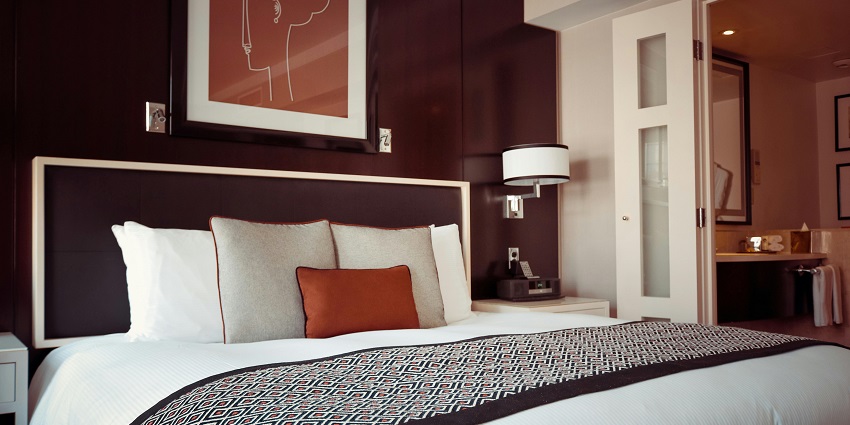
Photo: Pixabay / Pexels / Image For Representation Only
Bhopal offers a range of accommodation options to suit various preferences and budgets. Luxury seekers can opt for high-end hotels like Jehan Numa Palace Hotel or Noor-Us-Sabah Palace, both of which offer a blend of modern amenities and royal heritage. Mid-range options include Hotel Abhijeet and Hotel Rajhans, providing comfortable stays at reasonable prices. Budget travellers can find several guesthouses and budget hotels in the old city area, close to Taj-ul-Masajid.
Where To Eat
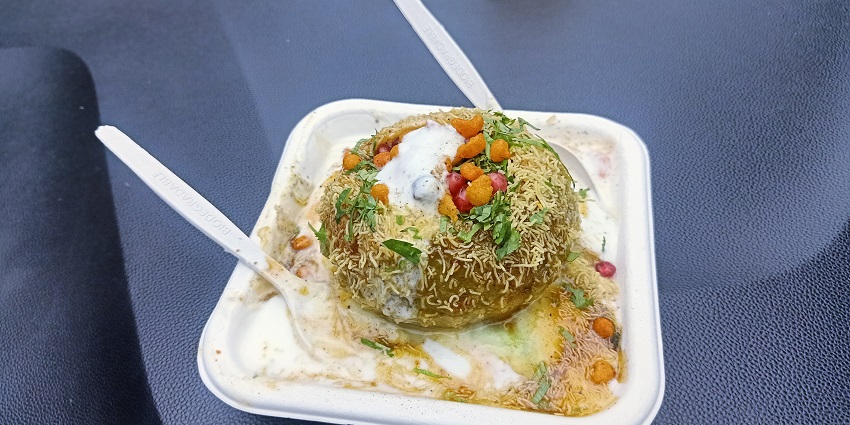
Photo: Suyash Dwivedi / Wikimedia Commons
Bhopal’s culinary scene offers a delightful mix of Mughlai, Malawi, and Bhopali cuisines. Near Taj-ul-Masajid, you can find several local eateries serving authentic Bhopali dishes. Filfora Restaurant is known for its biryanis and kebabs, while Hakeem’s is famous for its rezala and korma. For vegetarian options, try Bapu Ki Kutia or Wind & Waves. For a more upscale dining experience, restaurants in Jehan Numa Palace and Noor-Us-Sabah Palace offer a mix of Indian and international cuisines.
Suggested Read: Devi Temples In Madhya Pradesh That You Must Check Out
Best Time To Visit Taj-ul-Masajid
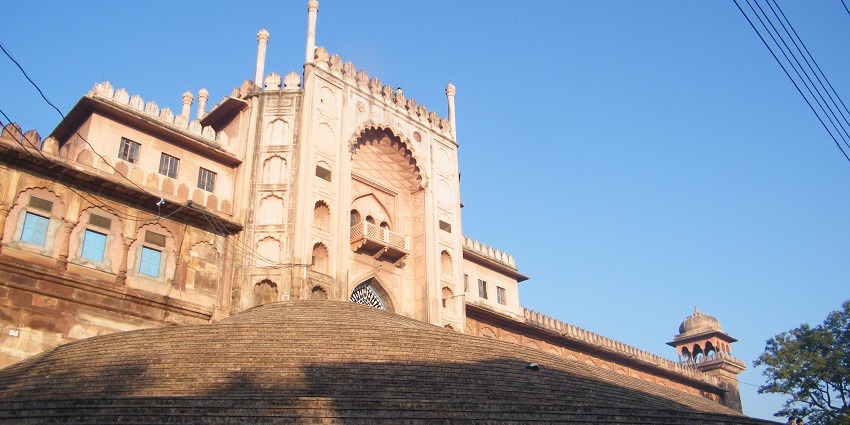
Photo: Abhishek727 / Wikimedia Commons
The best time to visit Taj-ul-Masajid and Bhopal is from October to March when the weather is pleasant and conducive to outdoor exploration. During these months, temperatures range from 10°C to 25°C, providing comfortable conditions for sightseeing and photography. The winter months of December and January can be chilly, especially in the evenings, so carrying warm clothing is advisable. Summers (April to June) can be quite hot, with temperatures soaring above 40°C, making outdoor activities challenging.
Other Factors To Consider
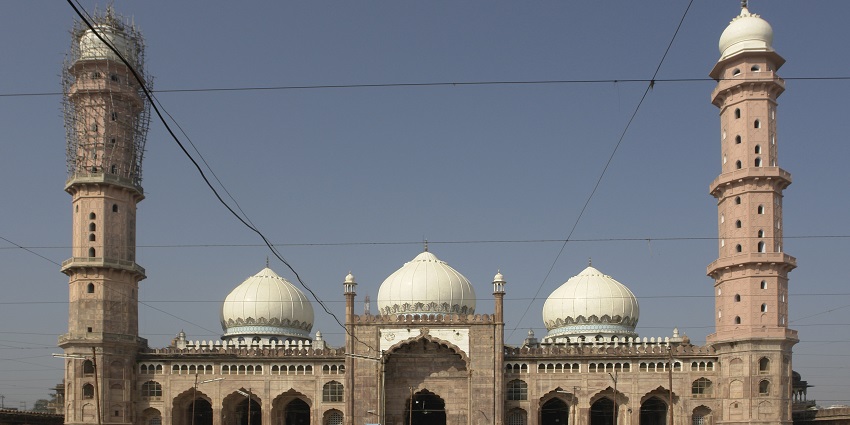
Photo: Yann / Wikimedia Commons
Average Cost Of The Trip
A trip to Bhopal, including visits to Taj-ul-Masajid and other attractions, typically ranges from ₹2,000 to ₹5,000 per person per day, depending on accommodation and dining choices. Budget travellers can manage with less, while those opting for luxury stays and experiences might spend more.
Tips For Travellers:
- Dress modestly when visiting the mosque.
- Remove shoes before entering the prayer hall.
- Hire a local guide to fully appreciate the historical and architectural significance of the mosque.
- Combine your visit with other nearby attractions for a comprehensive Bhopal experience.
- Book accommodations in advance during peak tourist seasons.
- Be respectful of local customs and ask permission before photographing people.
- Consider visiting during the Ijtima, an annual Islamic congregation, to witness the mosque at its most vibrant.
Taj-ul-Masajid , the biggest mosque in India offers visitors a unique blend of spiritual, historical, and architectural experiences. Its grand scale and intricate details, combined with Bhopal’s rich cultural heritage, provide a fascinating insight into India’s Islamic history and the inclusive culture of Madhya Pradesh. Whether you’re a history enthusiast, or a spiritual seeker, a visit to Taj-ul-Masajid with TripXL promises a memorable journey!
Cover Photo: Sutanu Mandal / Wikimedia Commons


 WhatsApp
WhatsApp
 Twitter
Twitter









